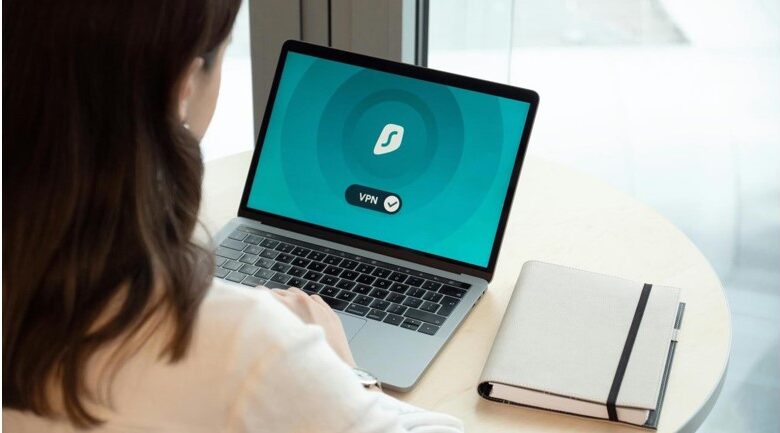
An article from www.sanra.co; CREST CERTIFIED IN HUMAN FACTORS IN CYBERSECURITY. For specialist training in human factors in cybersecurity, contact [email protected]
The growing risks of working from home are many, including unauthorized access by breach using malicious software as well as human-factors attacks. A recent news article where an employee was duped into believing a deepfake CFO and transferred over 25 Million USD in a scam is one of the many shocking examples.
The shift to remote work has brought unprecedented flexibility and convenience for many employees. However, it has also introduced significant cybersecurity challenges for organizations. As the lines between work and home environments blur, Cybercriminals are exploiting new vulnerabilities. This article explores the key cybersecurity risks associated with working from home and highlights recent incidents that underscore the importance of robust security measures.
The Key Cybersecurity Risks of Remote Work are the following: –
- Unsecured Home Networks: Many home Wi-Fi networks lack the robust security measures found in corporate environments, making them easier targets for hackers.
- Personal Device Usage: Employees often use personal devices for work, known as BYOD or Bring Your Own Device which may not have up-to-date security software or patches.
- Phishing Attacks: Remote workers are more susceptible to phishing scams, especially those exploiting COVID-19 fears or work-from-home situations.
- Weak Password Practices: Without proper oversight, employees may use weak passwords or reuse them across multiple accounts. This is especially important as a human-factors weak point in Cybersecurity, and possibly one of the most exploited ones. The Enigma code during WW2 was broken due to human error, not ensuring completely random message keys.
- Insecure File Sharing: The use of unsanctioned file-sharing services can expose sensitive company data. This can happen through email especially.
- Lack of Physical Security: Home environments may not have the same level of physical security as office spaces, increasing the risk of device theft or unauthorized access.
- Delayed Security Updates: Remote workers may postpone critical security updates, leaving their systems vulnerable. Pushing through updates throughout the system remotely from the IT department may prevent these sorts of attacks.
- Increased Use of Cloud Services: While cloud services offer flexibility, they also present new security challenges if not properly configured.
Key Takeaway: This highlights the need for proper configuration and security measures in widely used remote collaboration tools.
Mitigating Remote Work Security Risks
To address these challenges, organizations should:
- Implement robust VPN solutions for secure remote access.
- Provide cybersecurity training focused on remote work scenarios.
- Enforce strong password policies and multi-factor authentication.
- Regularly update and patch all systems and software.
- Use endpoint detection and response (EDR) tools on all devices.
- Implement data encryption for sensitive information.
- Establish clear policies for handling company data on personal devices.
To improve cybersecurity practices for remote working, organizations and employees should focus on several key areas:
Secure Network Access
Implement Zero Trust Architecture: Zero Trust security models assume no user or device should be automatically trusted, even if they’re inside the network perimeter. This approach requires verification for every person and device trying to access resources, regardless of location
Use Virtual Private Networks (VPNs): VPNs create encrypted tunnels for data transmission, protecting sensitive information from interception. However, it’s crucial to keep VPN software updated to address any vulnerabilities.
Device Security
Endpoint Detection and Response (EDR): EDR tools continuously monitor endpoints (like laptops and mobile devices) for suspicious activities. They can quickly detect and respond to potential threats, crucial for a dispersed workforce
Mobile Device Management (MDM): MDM solutions allow IT departments to remotely manage and secure employees’ mobile devices. This includes enforcing security policies, encrypting data, and wiping devices if lost or stolen
Employee Training and Awareness Regular Cybersecurity Training: Conduct frequent, engaging training sessions to keep employees updated on the latest threats and best practices. This should include phishing simulations to test and improve employees’ ability to recognize social engineering attempts
Create a Culture of Security: Encourage employees to report suspicious activities and foster an environment where security is everyone’s responsibility, not just the IT departments.
Data Protection
Data Loss Prevention (DLP): Implement DLP tools to prevent sensitive data from being accidentally or maliciously shared outside the organization. This is especially important when employees are working from various locations.
Encryption: Ensure all sensitive data is encrypted, both in transit and at rest. This protects information even if devices are lost or stolen.
Access Management
Multi-Factor Authentication (MFA): Require MFA for all remote access to company resources. This adds an extra layer of security beyond just passwords.
Privileged Access Management (PAM): Implement PAM solutions to control and monitor access to critical systems and data, especially for employees with higher-level permissions.
Monitoring and Incident Response
Security Information and Event Management (SIEM): Use SIEM tools to collect and analyze log data from various sources, helping to detect and respond to security incidents quickly.
Incident Response Plan: Develop and regularly test an incident response plan tailored for remote work scenarios. This ensures quick and effective action in case of a security breach.
Cloud Security
Cloud Access Security Broker (CASB): Deploy CASB solutions to monitor and secure cloud-based applications and services used by remote workers.
Secure Configuration: Ensure all cloud services are properly configured for security. Misconfigurations are a common source of vulnerabilities in cloud environments. By implementing these practices, organizations can significantly enhance their cybersecurity posture in remote work environments. It’s important to regularly review and update these measures as the threat landscape evolves and new technologies emerge.
Conclusion
As remote work continues to be a significant part of the modern workplace, organizations must adapt their cybersecurity strategies to address the unique challenges it presents. By understanding the risks and implementing comprehensive security measures, companies can protect their data and systems while still enjoying the benefits of a flexible work environment.
The recent incidents serve as stark reminders of the potential consequences of inadequate security in remote work settings. As cyber threats evolve, ongoing vigilance, employee education, and adaptive security measures are crucial for maintaining a robust defense against potential attacks.
www.SanRa.co is a Human Factors Company focused on Human Factors Training in Cybersecurity for employees. SanRa is CREST approved and Ibrahim is National Cybersecurity Center Qualified.
Thanks, Ibrahim



